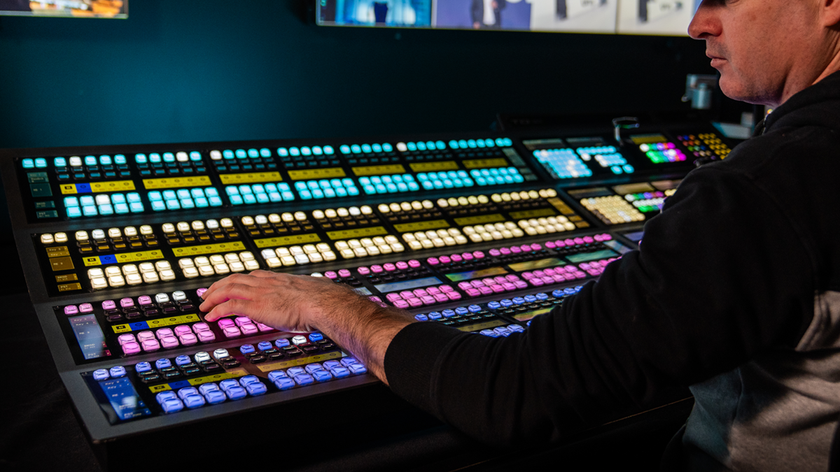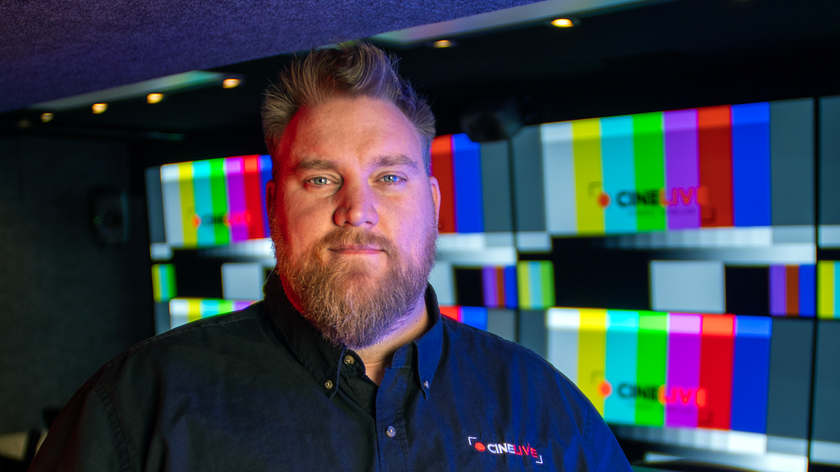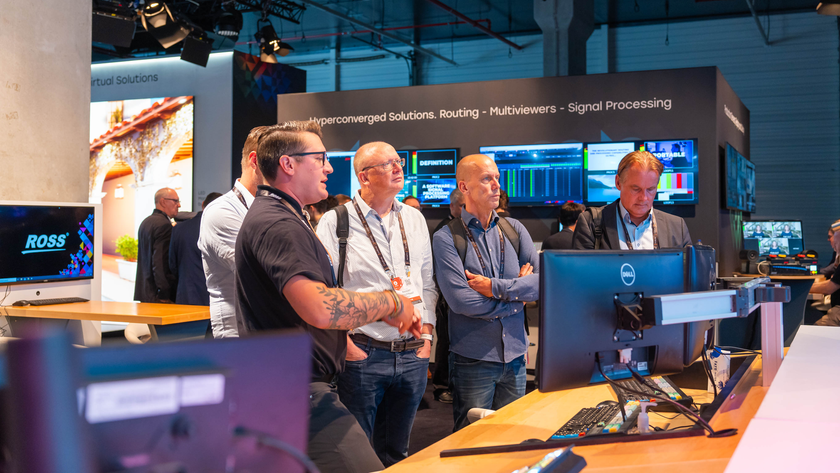5G Remote Production: Need of the Hour or Call of the Future?
How are broadcasters reacting to the emergence of 5G technology?

Broadcast to mobile is a fascinating concept that came into light in the early 2000s. The mobile networks were busy with offering GPRS-based services. The early days saw a variety of mobile broadcast solutions including DVB-H, DMB, DAB-IP, ISDB-T and MediaFLO. The success of such solutions would depend on availability of compatible handsets and broadcasters could not justify huge investment into alternate/parallel networks just to deliver content to mobile users.
As 5G infrastructure garners pace into 2020, the response from the media and entertainment industry has been very encouraging in terms of testing and potential adoption of 5G technology. Broadcasters are looking at ways to leverage and capitalize on this next generation mobile technology. As the internet takes center stage in content delivery and distribution, 5G will play a role of a catalyst in the growth of both broadcasters and technology providers.
Almost 92% of broadcasters are planning to adopt 5G in the next two years (IBC report), and remote production has been identified as a major application of 5G wireless technology. As broadcasters continue to realize the potential of 5G, 65% would imbibe it for remote production and 61% of the broadcasters are willing to adopt 5G for distribution as an alternative to satellite, DTT or cable (OnePoll, Nevion).
With its unique qualities like mobility, flexibility and reliability, remote production has emerged as the most vital application of 5G technology and could forever change the production workflows of live content such as events, sports and news. 5G has a great potential to enable broadcasters to enhance coverage and streamline production by allowing multiple cameras and microphones. 5G will help in managing multiple live events from a central broadcast facility.
Having said that, the transition to 5G will not be an easy one. It will take immense effort and courage to completely replace centralized production studios and widely popular OB vans with cloud-based workflows. Also, migration from SDI to IP will define the near future production techniques and it will be very interesting to see how 5G merges with these new techniques.
Ultimately, adoption of 5G will hugely depend on the efficiency of the business model around which it will be built. The revenue generating power of 5G is yet to be tested and broadcasters must be facing a dichotomy about migrating from an existing model that has been tried and tested for years. Change is the only constant, but coexistence is nature’s amazing trait that could possibly lead to 5G complementing existing technologies and create an enhanced ecosystem for the growth of all the relevant stakeholders of the media and entertainment industry.
MN Vyas is the founder and executive director of Planetcast Media Services.
Get the TV Tech Newsletter
The professional video industry's #1 source for news, trends and product and tech information. Sign up below.












